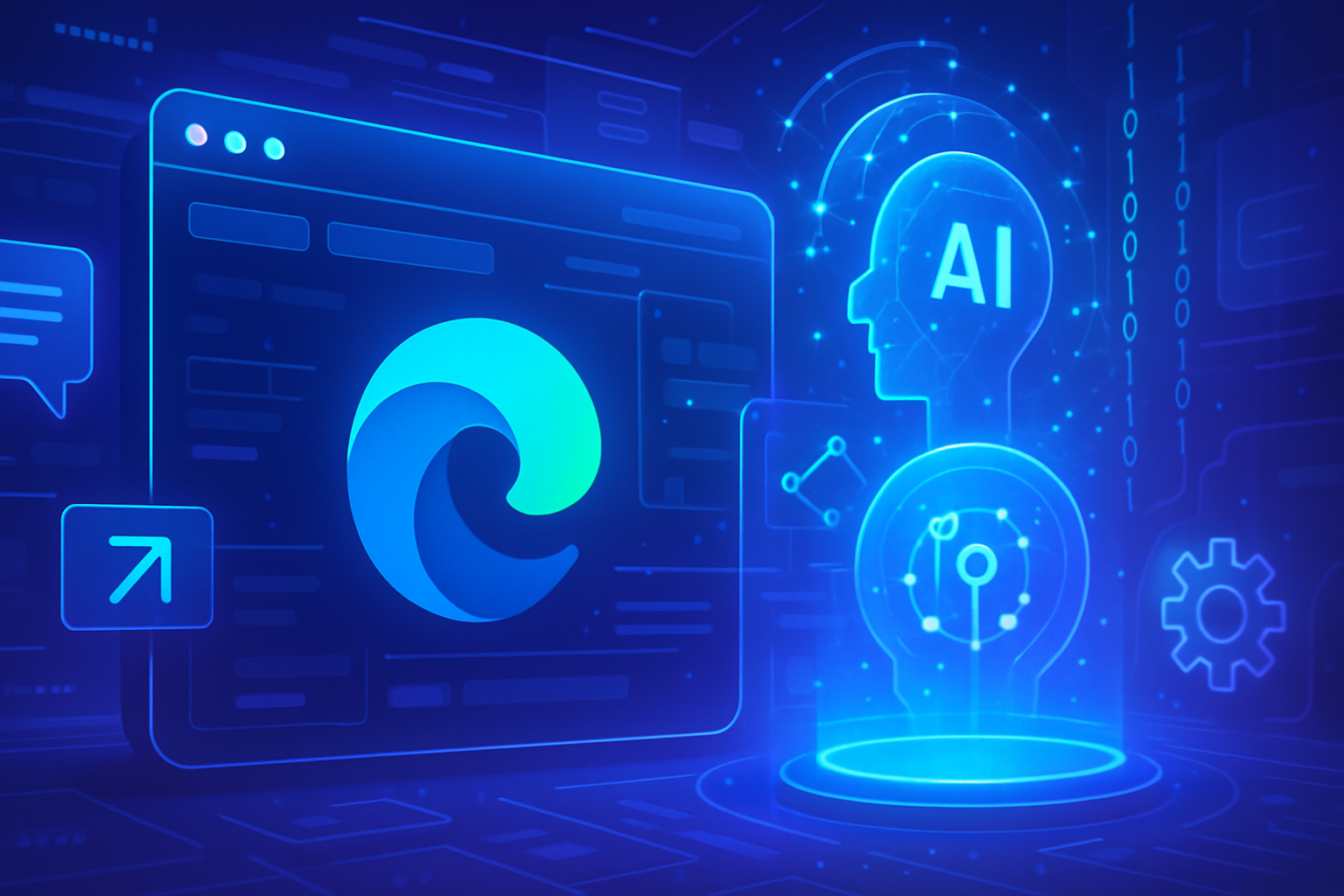Recent research from DeepMind reveals a fascinating potential of language models as effective mediators between humans and machines. The crucial issue lies in their ability to understand and interpret natural language, thereby opening up unprecedented perspectives in many fields. These advancements are indicative of a radical transformation in our interaction with technology, where artificial intelligence is asserting itself as an essential ally. The consequences of this evolution promise to redefine creativity and communicability, broadening the horizons of our decision-making processes.
Advancements by DeepMind Researchers
Researchers at DeepMind have recently conducted investigations into the capabilities of language models, revealing their potential as effective mediators in various interactions. These models, known as large language models, stand out for their ability to generate relevant texts based on submitted queries. The use of artificial intelligence in this context opens interesting avenues to enhance communication between humans and machines.
Language Models as Mediation Tools
Studies demonstrate that these models can not only process information but also facilitate interactions. Acting as mediators, they intervene to clarify confusing points, rephrase complex ideas in accessible terms, and guide users toward appropriate solutions. The ability of these systems to adapt to various contexts attests to their flexibility.
Evaluation of Language Model Performance
The performance of language models is often quantified by the number of parameters they contain. Recent research shows that an increase in this number directly enhances their effectiveness in processing natural language. For example, the model named Gopher, developed by DeepMind, has demonstrated superior performance due to a parameter-rich architecture. This model has reinforced the idea that the more complex a system is, the more sophisticated services it can provide.
Implications for Human-Machine Interaction
The results of these studies raise questions about the future of human-machine interactions. A model that can act as a mediator has the potential to transform artificial intelligence applications in various sectors such as education, healthcare, and customer service. By bridging distinct viewpoints, these artificial intelligences could foster constructive and enriching dialogue.
Challenges Associated with Using Language Models
Despite their impressive capabilities, challenges remain regarding their implementation. The issue of data integrity and implicit biases present in the models raises concerns. Researchers continue to explore how to minimize these biases to ensure fair and impartial results. Ensuring ethical and transparent use of the models is a priority in the development of these technologies.
Future Perspectives
With the rise of advanced language models, the possibilities for interaction are constantly expanding. Research at DeepMind highlights not only practical applications but also the ethical and social implications of these technologies. As the models evolve, the challenge will be to keep humans at the center of their applications, thus promoting a harmonious coexistence between artificial intelligence and human interaction.
Common Questions and Answers
How can language models act as effective mediators?
Language models analyze and interpret text data, thus facilitating communication between different parties by translating and rephrasing information in an accessible manner.
What are the advantages of using language models as mediators?
These models help reduce misunderstandings and improve the clarity of exchanges while enhancing the efficiency of human interactions in various contexts, including professional and educational.
In what types of situations can language models be particularly useful?
They can be employed in contexts such as customer service, multilingual communication platforms, or to access information in complex environments.
Are DeepMind’s language models better than others at playing the role of mediators?
DeepMind has developed advanced language models that incorporate natural language processing techniques and training on diverse datasets, giving them superior potential to act as mediators.
What challenges do language models present in their role as mediators?
The main challenges include the need for deep contextual understanding and the management of cultural nuances, which can sometimes lead to misinterpretations.
Can language models completely replace human mediators?
While they bring great efficiency, language models cannot fully replace human empathy and understanding, which remain essential in sensitive situations.
What innovations is DeepMind exploring to enhance mediation through language models?
DeepMind focuses on optimizing learning algorithms and improving the diversity of training data to enrich the models’ capabilities in handling complex dialogues.
Can language models be customized for specific contexts?
Yes, models can be adjusted and fine-tuned for particular contexts, allowing them to gain specific expertise and better meet the needs of users.






